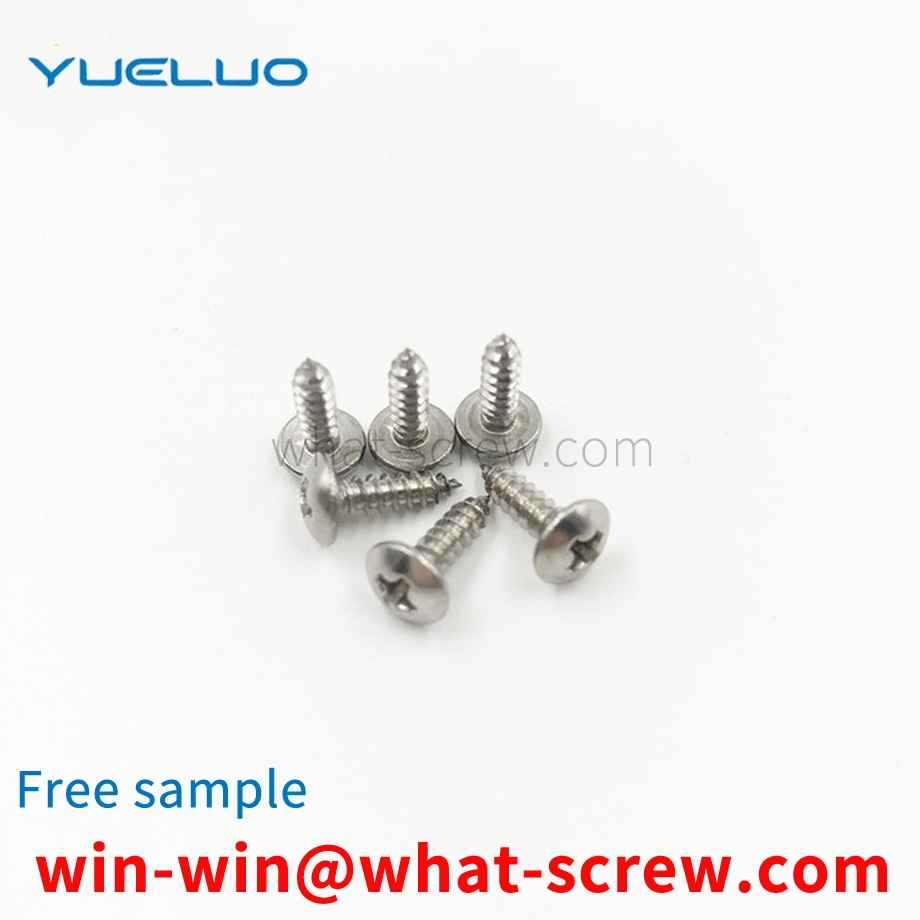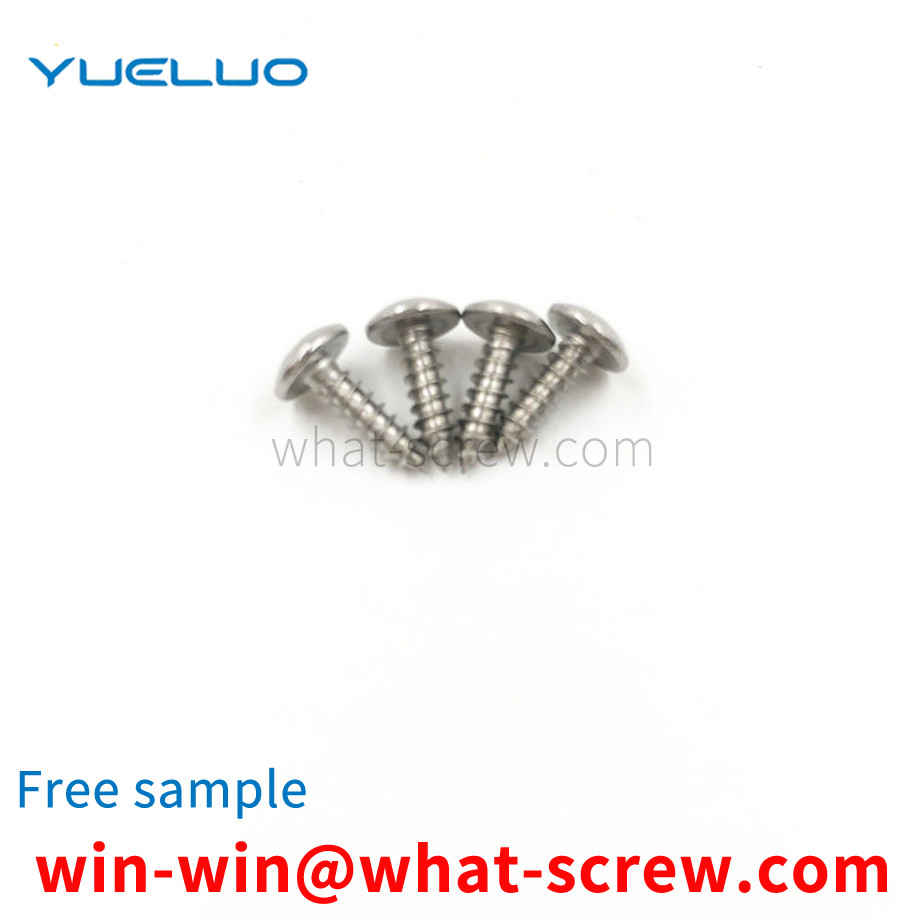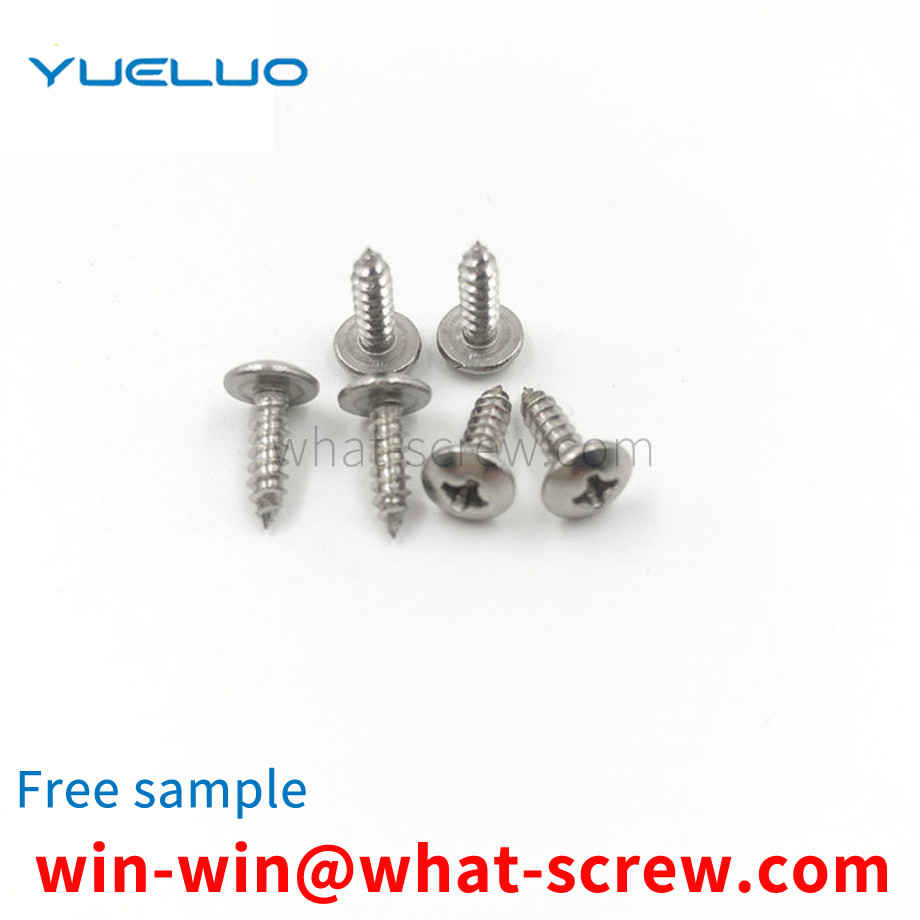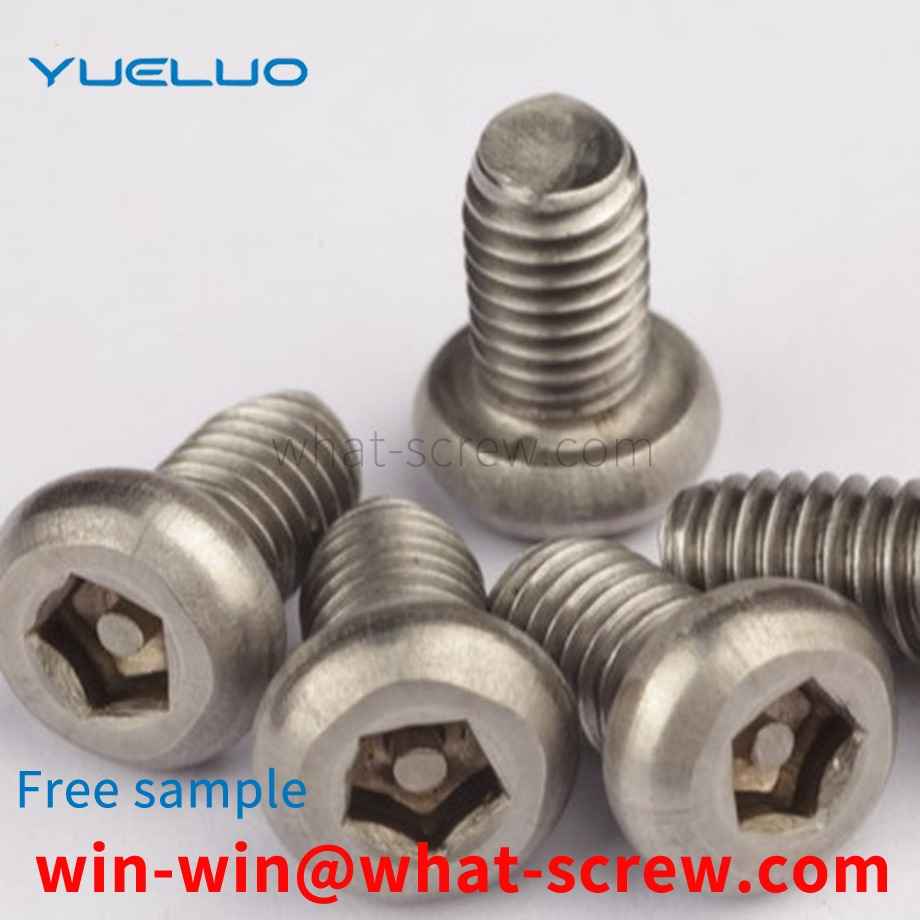What is the tolerance range of precision screws?
What is the tolerance range of precision screws?
Service Hotline
+86760-8787 8587We have more than ten years of production experience in the screw industry. The main products are: nut type nut for groove, single-way hexagonal copper column and outer hexagonal nut column, DIN988 barrier washer, hexagonal nylon anti-loosening self-locking nut, lock washer, hexagonal extension nut, Flat head torx bolts, 10.9 inner hexagon countersunk head nuts, outer hexagon flange screws, color zinc cabinet nuts, six-star plastic screws, plastic cap nuts, thin flat washers, headless screws, British standard bolts, etc. Due to the different materials and specifications of the products, the prices are also different, if necessary, please contact us.


Wood screws are similar to machine screws, but the thread on the screw is a special thread for wood screws, which can be directly screwed into wooden components (or parts) to connect a metal (or non-metal) part with a through hole to a wood screw. The components are fastened together. This connection is also a detachable connection.

An elastic cylindrical pin assembling device, the assembling device includes an adapter handle, a punching needle, an elastic piece, a fixed sleeve and a telescopic sleeve, the adapter handle and the fixed sleeve are fixedly connected, and the punching needle is inserted into the adapter handle and fixed Inside the sleeve and its upper end is pressed against the adapter handle, the lower end of the punch needle is also inserted into the fixed sleeve and moves relative to the fixed sleeve in the up and down direction when the adapter handle pushes it to move up and down, the fixed sleeve A reset spring is also set between the punch and the punch, the lower end of the fixing sleeve has an insertion hole for the elastic cylinder pin, that is, a working cavity, and the lower end of the punch needle is also provided with a push fit for the upper end of the elastic cylinder pin. the positioning boss. When the elastic cylindrical pin assembling device is used, after assembling an elastic cylindrical pin, the elastic cylindrical pin needs to be re-installed into the fixed sleeve, which cannot realize continuous assembly and has low assembly efficiency.


Various stainless steel materials have different properties due to their different material contents, so the corrosion resistance is also different. The following is a brief explanation of several commonly used materials: 304 is a universal stainless steel, which is widely used in the production of good requirements. Equipment and components with comprehensive properties (corrosion resistance and formability). 301 stainless steel exhibits obvious work hardening phenomenon during deformation, and is used in various occasions requiring higher strength. 302 stainless steel is essentially a variant of 304 stainless steel with higher carbon content, which can obtain higher strength by cold rolling. 302B is a kind of stainless steel with high silicon content, which has high resistance to high temperature oxidation. 303 and 303Se are free-cutting stainless steels containing sulfur and selenium, respectively, and are used in applications where free-cutting and high surface finish are mainly required. 303Se stainless steel is also used to make parts that require hot upsetting, because under these conditions, this stainless steel has good hot workability. 304L is a lower carbon variant of 304 stainless steel used where welding is required. The lower carbon content minimizes carbide precipitation in the heat-affected zone near the weld, which can lead to intergranular corrosion (weld erosion) of stainless steel in some environments. 304N is a nitrogen-containing stainless steel, and nitrogen is added to increase the strength of the steel. 316 (18Cr-12Ni-2.5Mo) material: due to the addition of Mo, its corrosion resistance, atmospheric corrosion resistance and high temperature strength are particularly good, and can be used under harsh conditions; excellent work hardening (non-magnetic).

The positioning pin is a pin designed to accurately position the two adjacent parts of the mold in a mold composed of two or more parts. It can be seen that the positioning pin plays a positioning role, and the mold must be accurately synchronized when it is closed. product, and the positioning pin can make the upper and lower molds play a role in accurate positioning. In the mold design and manufacture of Yueluo, the positioning pin is one of the most common parts. Since it is only used for positioning between parts, few people will pay too much attention to it. In the cold stamping process of Yueluo, the dimensional accuracy of the blanking parts depends on the size of the working part of the punch and the concave die, and the dimensional difference between them constitutes the blanking die gap. Gap is an important process parameter for die design, and its size has a great influence on the quality of the section of the blanking part, the blanking force, and the life of the die. If the gap is too large, punching burrs will appear in punching; if the gap is too small, secondary cracks will occur in the section and extrusion burrs will appear, which will make the quality of the section after punching unsatisfactory, and a reasonable gap will not only help the punching section. The improvement of the quality also contributes to the improvement of the lifespan of the 7-pack.

The above content is uploaded by Yueluo or the Internet. If there is any copyright issue, please contact [email protected].

What is the tolerance range of precision screws?

How to choose the right stainless steel screw manufacturer?

Why is there an R angle under the head of the hexagon head s...

We have more than ten years of production experience in the ...

We have more than ten years of production experience in the ...

We have more than ten years of experience in screw industry ...

We have more than ten years of experience in screw industry ...